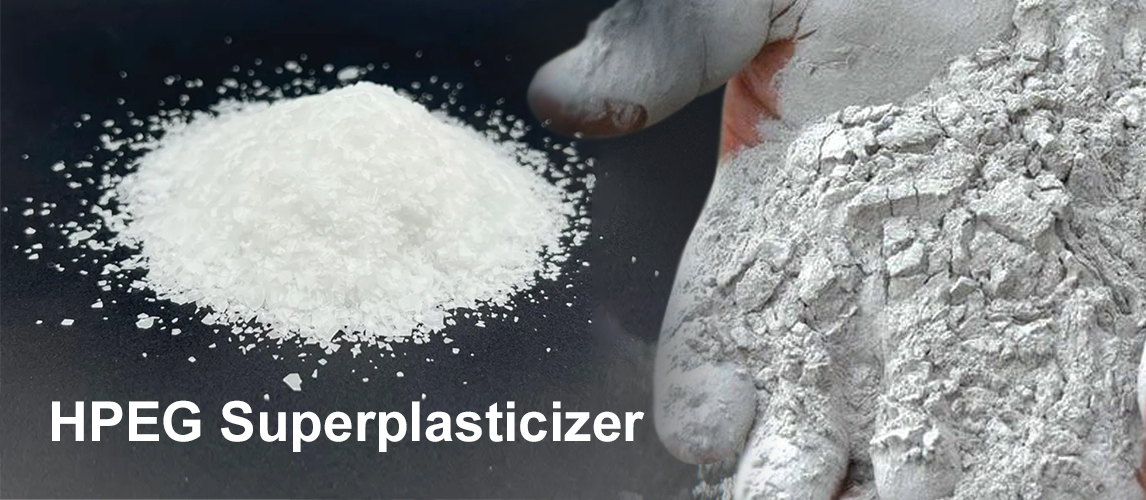
Optimizing the Application of Polycarboxylate Superplasticizer Monomer HPEG: Common Questions & Solutions
2025-02-13 11:52As a key component in modern concrete admixtures, Polycarboxylate Superplasticizer Monomer HPEG is widely used to enhance concrete performance. However, its application comes with specific challenges. Below, we address some frequently asked questions to help optimize its use.
Q1: Why does HPEG-based superplasticizer show inconsistent performance with different types of cement?
A: The performance of HPEG superplasticizers can vary due to differences in cement composition, fineness, and alkali content. Some cement types may lead to excessive slump loss or inadequate dispersion. To address this:
Conduct compatibility tests before large-scale application.
Adjust the dosage of HPEG or use a co-admixture like a slump-retaining agent.
Modify the polymer molecular structure for better adaptability.
Q2: Why does concrete lose workability too quickly after using HPEG superplasticizer?
A: Fast slump loss is often due to:
High cement reactivity – Certain cements rapidly absorb water, reducing fluidity.
Hot weather conditions – High temperatures accelerate hydration.
Excessive water reduction – Too much water reduction can stiffen the mix prematurely.
Solutions:
Use a slump-retention agent alongside HPEG.
Reduce the initial superplasticizer dosage and split the addition process.
Adjust curing conditions to slow down water evaporation.
Q3: Can HPEG superplasticizer cause segregation or bleeding in concrete?
A: Yes, if overused, it can lead to excessive dispersion, causing water to separate from the mix. To avoid this:
Optimize the water-to-binder ratio and fine aggregate content.
Use anti-bleeding agents to improve stability.
Conduct laboratory testing to determine the ideal dosage.
Q4: How does HPEG perform under extreme weather conditions?
A:
In cold climates, hydration slows down, and water can freeze, affecting setting time.
Use a low-temperature formulation or an accelerator to prevent delays.
In hot climates, increased evaporation can reduce workability.
Utilize curing agents or adjust the mixing sequence to maintain consistency.
Q5: Is HPEG compatible with other concrete admixtures?
A: Generally, HPEG-based superplasticizers are compatible with retarders, air-entraining agents, and accelerators. However, issues may arise with calcium-based retarders or excessive sulfate content, which may affect fluidity.
Solution: Always conduct a compatibility test before combining admixtures.
Q6: What are the storage and handling precautions for HPEG superplasticizers?
A: HPEG is hygroscopic and can absorb moisture if not stored properly.
Keep in a sealed, dry environment to prevent lump formation.
Avoid prolonged exposure to air to maintain purity and performance.
If solidification occurs, gently warm and stir the product before use.
Conclusion
HPEG-based polycarboxylate superplasticizers offer excellent water reduction and workability, but their performance depends on proper application and environmental factors. By understanding these common challenges and applying tailored solutions, engineers and construction professionals can maximize the efficiency and reliability of HPEG superplasticizers in concrete production.

